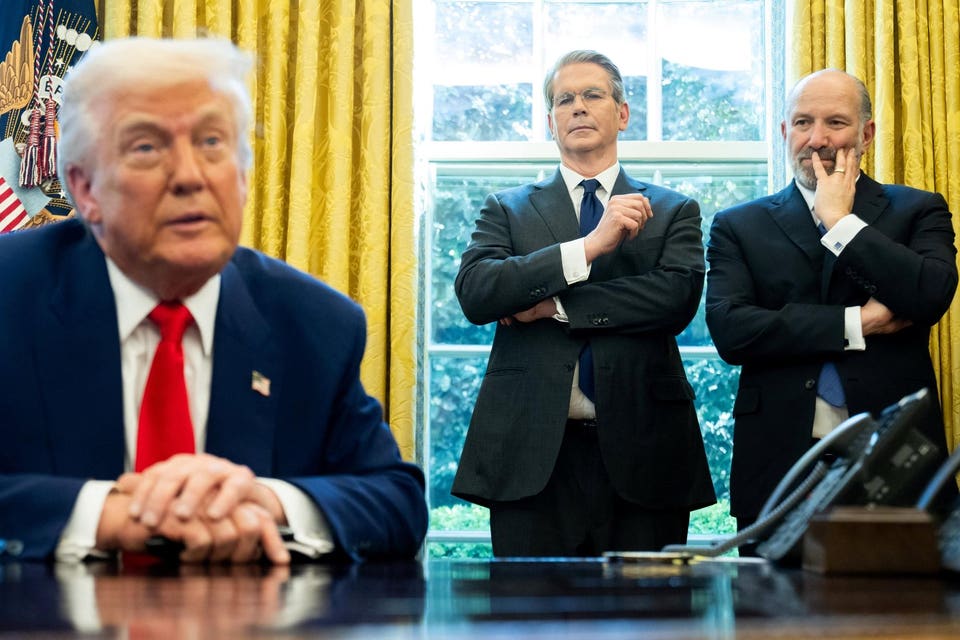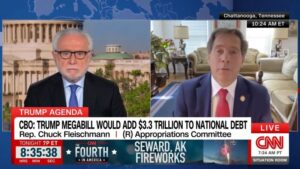
In a move that has sent ripples through global markets, former President Donald Trump announced plans to impose tariffs as high as 70% on imports from several countries. This decision marks the latest shift in a series of tariff policy changes that have characterized Trump’s administration since the so-called “Liberation Day.” The announcement underscores the administration’s ongoing struggle to establish a consistent trade policy.
Since February, Trump has vacillated on his tariff strategy, often reversing course on previously announced policies. On February 7, he first publicly suggested sweeping tariffs on foreign imports, aiming for reciprocity in trade duties. By February 13, he had signed a memorandum to address “non-reciprocal trade arrangements,” setting the stage for a series of tariff implementations and subsequent reversals.
Initial Tariff Announcements and Reversals
By late March, the Trump administration had announced a 25% tariff on imported cars, with plans for additional tariffs on auto parts. Trump asserted these measures would spur growth in the U.S. automobile industry. However, the administration’s approach quickly shifted, with exemptions announced for various goods, contradicting earlier statements of a blanket tariff policy.
On April 2, during a White House event dubbed “Liberation Day,” Trump unveiled a tariff plan affecting nearly all countries, with rates calculated in a manner that raised eyebrows among trade experts. Despite initial claims of no exemptions, the administration soon exempted several critical sectors, including semiconductors and pharmaceuticals.
Negotiation and Policy Fluctuations
Throughout April, Trump’s stance on negotiations fluctuated. On April 3, trade adviser Peter Navarro stated the tariffs were non-negotiable, only for Trump to suggest the opposite hours later. This pattern of conflicting messages continued, with Trump oscillating between hardline and conciliatory approaches.
By mid-April, the administration had begun negotiations with multiple countries, including China and Japan, while simultaneously threatening additional tariffs. This dual approach created uncertainty in international markets, as stakeholders struggled to predict the administration’s next move.
Economic Impact and Market Reactions
The constant changes in tariff policy have had significant economic implications. Markets have reacted sharply to Trump’s announcements, with stock prices experiencing volatility as investors grapple with the uncertainty. The administration’s decisions have also drawn criticism from economists, who warn of potential recessionary effects.
“The White House has no idea what it’s doing on tariffs and keeps flip-flopping,” said Rep. Ted Lieu, D-Calif., highlighting the administration’s lack of a coherent strategy.
Despite these warnings, Trump has remained steadfast in his belief that tariffs are a vital tool for economic leverage. He has frequently touted them as a cornerstone of his policy agenda, even as legal challenges question their legitimacy.
Legal Challenges and Future Prospects
Two courts have already ruled that Trump’s “Liberation Day” tariffs are unlawful, asserting that the president exceeded his authority. However, these rulings are on hold pending appeals, with the next significant court date set for July 31. As litigation continues, the tariffs remain in place, adding another layer of complexity to the trade landscape.
Looking ahead, the Trump administration faces a critical juncture. With the 90-day tariff pause nearing its end, the administration must navigate ongoing negotiations and potential new tariff implementations. The outcome of these efforts will have lasting implications for U.S. trade relations and the global economy.
Conclusion and Next Steps
As the July deadline approaches, the world watches closely to see how the Trump administration will proceed. While some countries have reached tentative agreements, others remain in limbo, uncertain of their trade futures. The administration’s next moves will be pivotal in shaping international economic dynamics and determining the efficacy of Trump’s tariff strategy.
For now, businesses and investors continue to brace for potential changes, with many hoping for a resolution that stabilizes markets and fosters sustainable trade relationships. The coming weeks will be crucial in determining whether the administration can achieve its ambitious trade goals or if further policy reversals are on the horizon.






